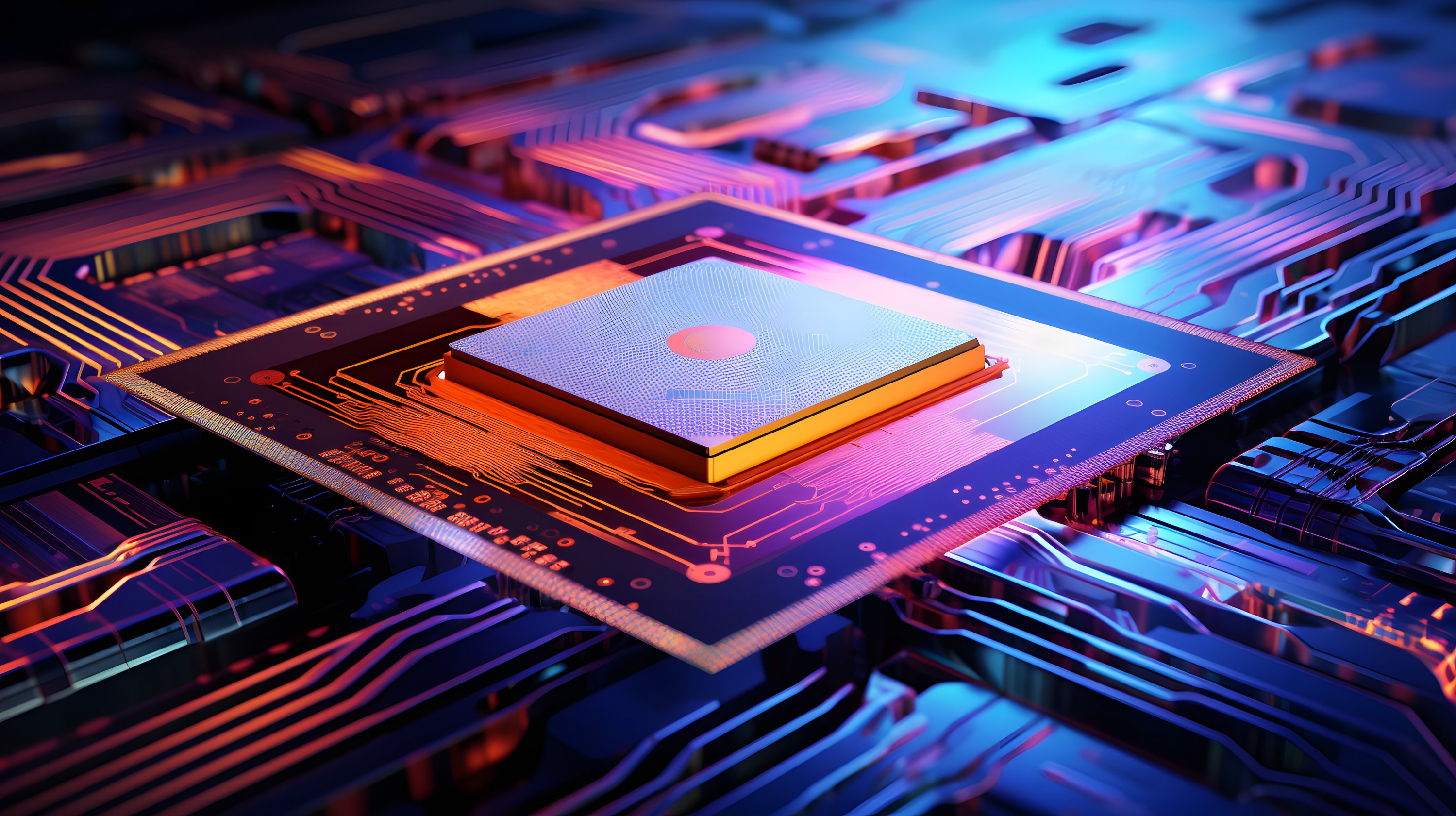Proposed is a co-integration of optical components with microacoustic cavities to enhance performance of Brillouin-active photonic integrated circuits.
PLECTRUM
Partner Call open until: July 2, 2024
Project Start: Q3 2024
PLECTRUM focuses on the co-integration of optical components with microacoustic cavities to significantly enhance the performance of Brillouin-active photonic integrated circuits (B-PICs). The core principle of B-PICs is leveraging the interaction between tightly confined light in nanophotonic waveguides and acoustic vibrations that travel through the material, known as Brillouin Scattering.
The integration of Brillouin Scattering into photonic chips promises significant advancements integrated Microwave Photonics, which seeks high-speed, lightweight, low-power, and adaptable solutions for mobile and avionic platforms. The ability to process microwave signals on-chip with photonic components offers a path toward more efficient and compact systems, which are essential for next-generation communication and sensing technologies.
Despite the potential, current Brillouin-active on-chip systems face two major challenges:
- Inefficient Optical-Acoustic Interaction: Existing designs suffer from suboptimal microacoustic structures, leading to insufficient interaction between optical and acoustic waves. This inefficiency limits the overall performance of the B-PICs.
- Lack of Active Electrical Excitation: The materials commonly used in CMOS-compatible photonic chips do not exhibit the piezoelectric effect, which is necessary for active electrical excitation of acoustic waves. Without this capability, it is difficult to achieve the desired control over acoustic wave generation and propagation.
To address these challenges, our project aims to develop and co-integrate low-loss optical photonic integrated circuits with a piezoelectric platform. By designing optimized microacoustic cavities and incorporating materials that enable the piezoelectric effect, we can enhance the interaction between optical and acoustic waves. This approach will facilitate the active electrical excitation of acoustic waves, thus overcoming the current limitations and paving the way for more efficient and versatile acousto-optic devices on a chip.
Expected results
- B-PICs with a Brillouin gain above state-of-the-art.
- On-chip acousto-optic modulators with electric excitation of acoustic waves.





